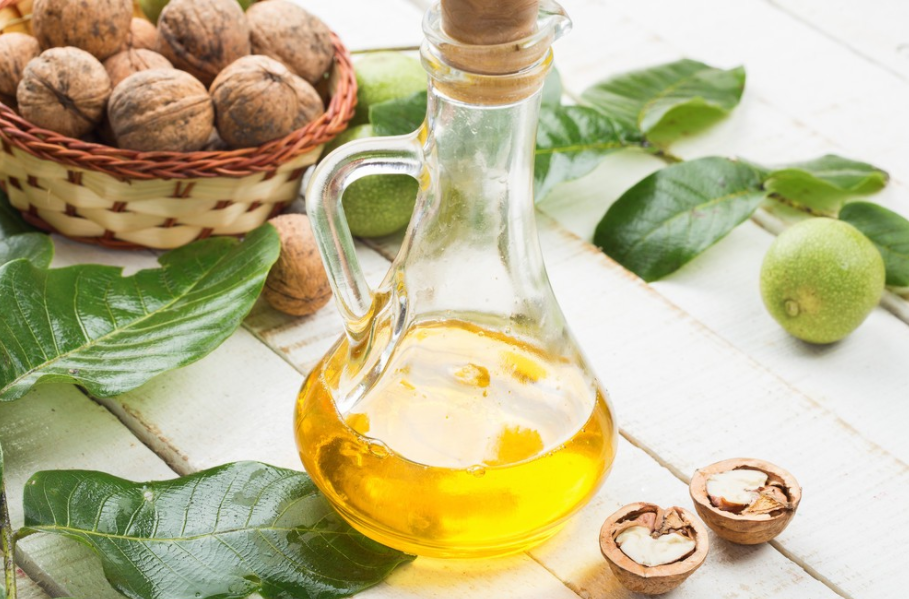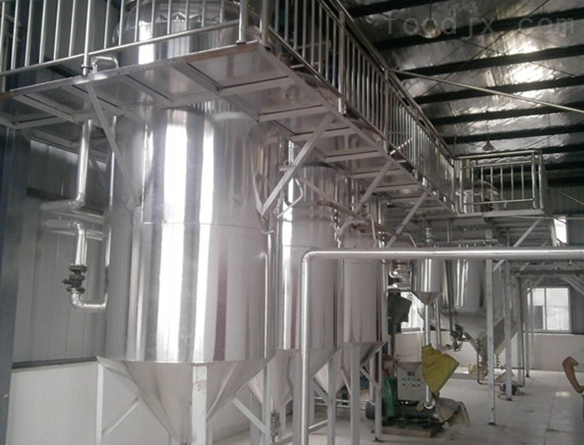Walnut oil is a vegetable oil made from walnut kernels and pressed. Belongs to edible oil.
Walnut kernels are rich in oil content and have the reputation of "oil depot on the tree". Walnut oil is a natural fruit oil juice obtained by selecting high-quality walnuts as raw materials and using the process of extraction. The nutrient content of peach: unsaturated fatty acid content ≥92%, linoleic acid Ω-6≥56%, linoleic acid Ω-3≥14%, rich in natural VA, VD and other nutrients. Walnut oil is known as the "Oriental Olive Oil" and is popular with consumers just like olive oil.
Walnut oil is obtained by pressing walnut kernels. Untreated walnut oil is called crude oil. The crude oil contains water, sediment, meal powder, fiber, free fatty acids, pigments, sulfur compounds, waxes and gums. And so on, some walnut kernels with bad raw materials also contain harmful substances such as benzopyrene. Therefore, unrefined walnut oil is not recommended for consumption, nor does it meet the certification standards required to enter the market.

1. Walnut oil refining equipment is divided into several steps: deacidification—degumming—decolorization—deodorization—dewaxing:
(1) Deacidification: remove the fatty acids in the crude oil to make the acid value reach the national standard;
(2) Degumming: removing the gum in the crude oil;
(3) Decolorization: The crude oil is crystal clear after decolorization treatment;
(4) Deodorization: remove the odor in the crude oil;
(5) Dewaxing: Walnut oil contains wax, which needs to be removed through a dewaxing process.
Ordinary refining mostly uses chemical refining technology. Because the soapstock produced in the alkali refining and deacidification process takes many biologically active substances such as vitamin E away from the oil, so that the nutrients in the oil are reduced, and some neutral oils are Take away Therefore, we use physical refining methods for the refining of walnut crude oil. The first stage is only degumming treatment without alkali refining to ensure that the biologically active substances are not lost, and no chemical substances are added.
The deacidification and deodorization section is a distillation-type physical process, equipped with a combined deacidification and deodorization tower. The grease enters the packing section of the packed tower, disperses to form an oil film, flows from top to bottom, and contacts with steam in countercurrent, fatty acids and various volatiles. The substance is removed by distillation under the action of vacuum and stripping steam, so as to achieve the purpose of deodorization (deacidification). The deodorization (deacidification) process is short, which not only reduces the production cost, but also helps to inhibit the formation of trans fatty acids and preserve the remaining amount of vitamin E.

2. Process flow of walnut oil refining equipment:
Crude oil → degumming → decolorization → filtration → deoxygenation → heat exchange → heating → deacidification and deodorization → heat exchange → cooling → filtration → refined oil
Process description of walnut oil refining equipment: After the crude oil is preheated, hot brine is added to the oil for washing, the oil feet are separated, and the degumming is completed after one or two times of the same washing. The degummed oil enters the drying and decolorization process, is added with activated clay, mixed in the decolorization tower (or decolorization pot), and then pumped into the leaf filter for filtration. After polishing, the filtrate enters the next process. The decolorized oil is pumped into the gas separator for vacuum deoxygenation, and then pumped into the oil heat exchanger for heat exchange preheating with the deodorized oil, and then enters the heater when heated to about 250 ℃, enters the combined deacidification and deodorization tower, and performs under high vacuum. Deacidification and deodorization, to limit the removal of fatty acids, odors and other volatile substances in the oil, the fatty acid mixed steam is discharged from the top of the tower into the fatty acid trapping system and sold. The oil is drawn from the bottom and pumped into the heat exchanger to exchange heat with the oil to be deodorized, and then cooled to obtain product oil.
3. Main equipment:
centrifuge (or water washing pot), decolorization tower (or decolorization pot), leaf filter, fine filter, combined deacidification and deodorization tower, spiral plate heat exchanger, etc.
4. Process characteristics of walnut oil refining equipment:
Physical refining technology is adopted, which reduces oil loss and retains the nutrients in the oil to a large extent.
Copyright © Henan Zhongxing Grain And Oil Machinery Co.,Ltd. All Rights Reserved. Powered by MetInfo